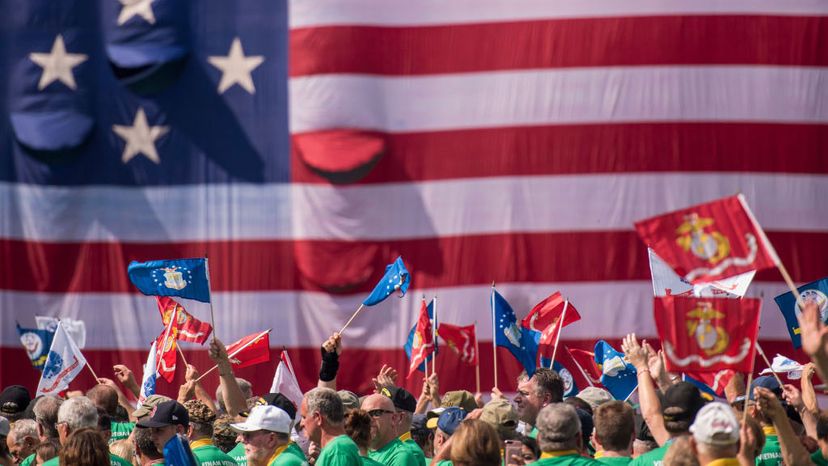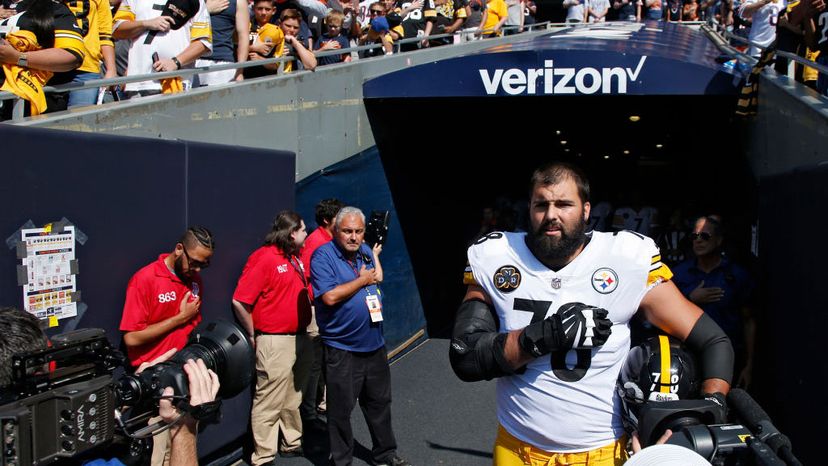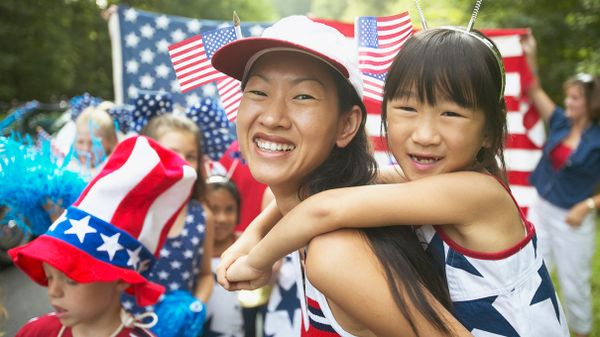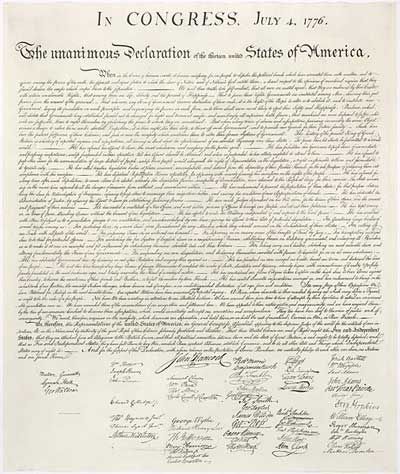
At a rally in Alabama, President Donald Trump poured gasoline on the Colin Kaepernick national anthem-kneeling controversy, encouraging NFL owners to fire protesting players and calling them SOBs. Dozens of pro footballers and a few full teams responded last Sunday with linked arms and even more kneeling during the "Star-Spangled Banner" in a show of player solidarity.
The loudest criticism of Kaepernick's silent protest against police brutality and racial bias, which began in 2016 at a San Francisco 49ers preseason game, is that failing to stand during the national anthem shows disrespect for the military, specifically veterans who risked or gave their lives for our freedoms.
Advertisement
But how did professional football, and American sports in general, get so wrapped up in public expressions of patriotism? It wasn't always this way. Sports historian and anthropologist Orin Starn at Duke University says that sports didn't get tied up with notions of national identity and national pride until the creation of the modern Olympic games in 1894, where athletes first competed for their country. Before that, it was "town against town, village against village."
Around the same time, the United Kingdom launched the British Home Championships, the first football (soccer) tournament in which individual UK countries -- England, Northern Ireland, Scotland and Wales -- fielded their own team in nation vs. nation competition, says Martin Polley, director of the International Centre for Sports History and Culture at De Montfort University in Leicester, England.
Advertisement




